I’ve been incredibly lucky. Getting to see all different parts of the world at different times. Seeing changes and watching how the world grows and gets smaller. The first time I travelled by myself, in Latin America and Europe was before the proliferation of Facebook, before a reliable Skype. Not the same world my dad talks of when he was backpacking. Months without hearing from home and only by letters, actually hard copy 3D letters. But still without a smart phone, without easily sharing photos and video chatting with the oldies to show them the view out my hotel window.
All up there’s been some amazing advances, some of them are great, some of them less so. The ease of travel and the high level of connectivity with home has mean that a lot more people are travelling than there used to be, that has it’s pluses and minuses. Anything that increases the worlds general appreciation for differences in culture is fantastic, though I worry that it’s easier to remain insulated from what you are actually seeing and hearing. But as they say, the world spins and we must spin with it.
However, onwards from the melancholic reflection that is westernisation. Something expected of travellers is visits to old things. Often old and beautiful things, but occasionally old and ugly. Oh, and museums, don’t forget the museums (there’s a bread museum 50m’s from where I write this, I kid you not, 4 levels of bread.. historic bread to be sure). So it’s not uncommon to have two categories of photos, I overheard this on an island in Lake Titicaca and am yet to hear a truer thing. A) Sunsets/Sunrises B) Churches/Cathedrals/Old Impressive Buildings. Sometimes people have variants of these with people standing in front of the old things. Which is great, we don’t have a lot of recently old (ie. Younger than 40,000 years and older than 100 years) in Australia. So I fully understand why people love to visit it when they can. The art is often amazing, the scale of the buildings is amazing, the glass work. Etc. etc. Stunning old buildings.
However, a phenomena I have noticed recently, in the last 3 years or so (though it may be much longer than this). Is that almost all of the old buildings, churches and temples, I have gone to see have been covered in scaffolding. With essential restoration taking place, sorry for the inconvenience. I have since discovered that in most cases scaffolding really isn’t photogenic, see below. Now, the reason I’m writing this blog post is to try and work out if this just happens to be a feature of this time, ie. All the buildings have got to that age where they need restoration and my generation is just a little unlucky. Or whether this has been the case forever and ever and somehow it just never got mentioned, it isn’t really a good premise for a story, scaffolding. But it is important, and I'm glad they're doing it.
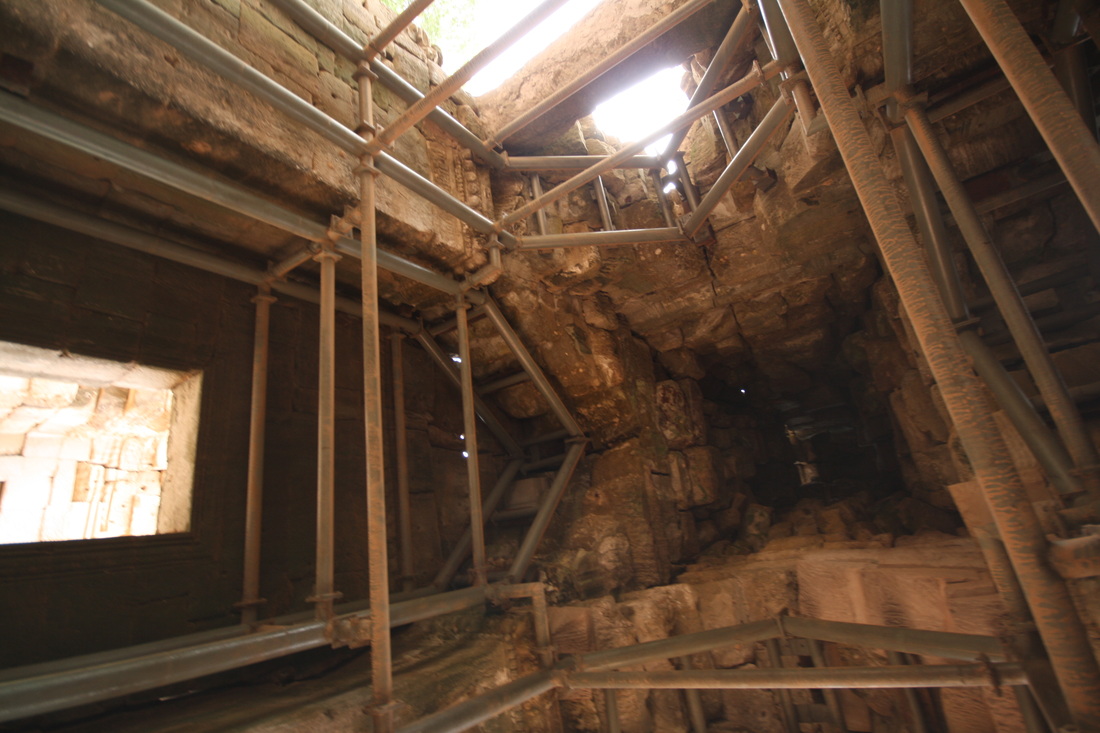

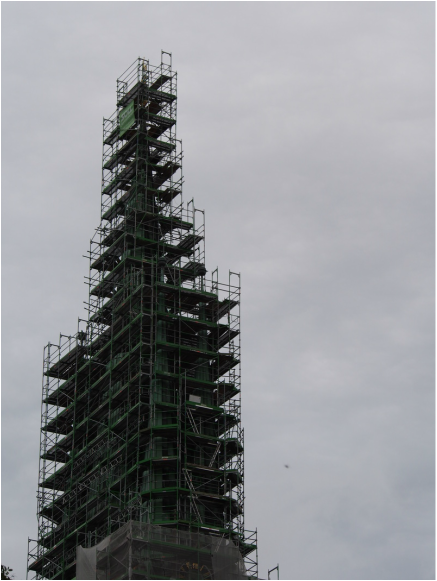
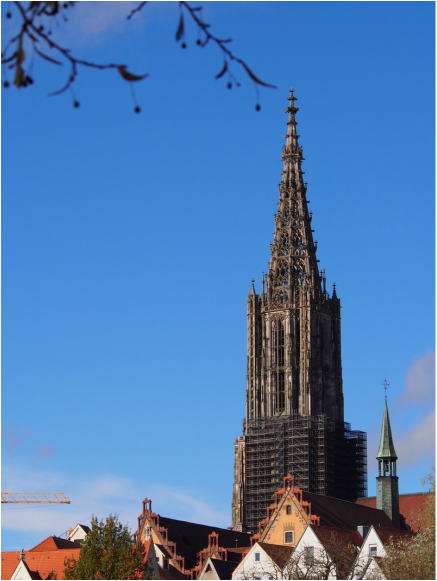
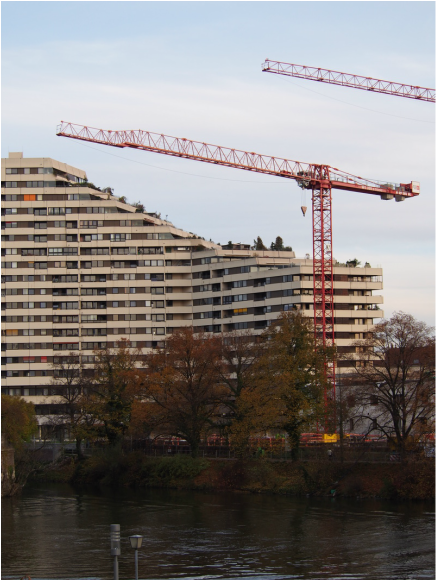
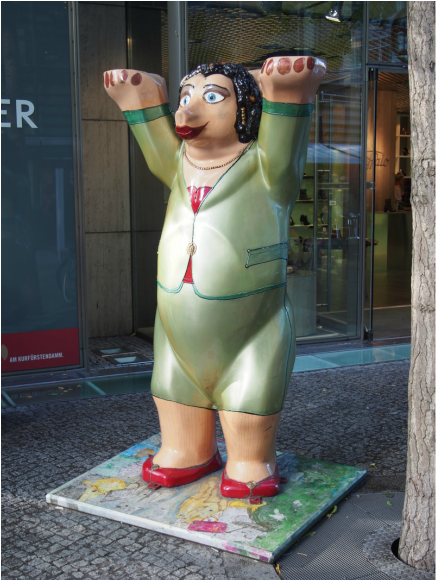
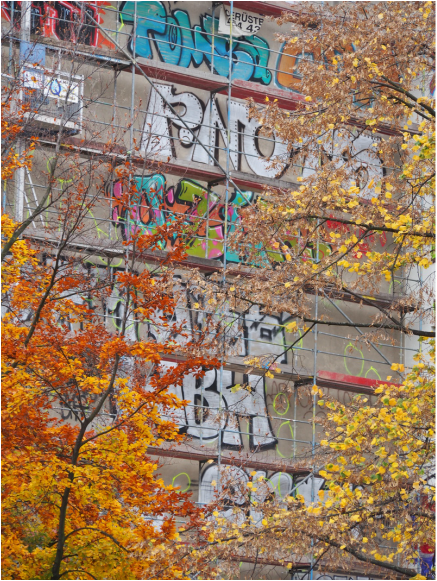
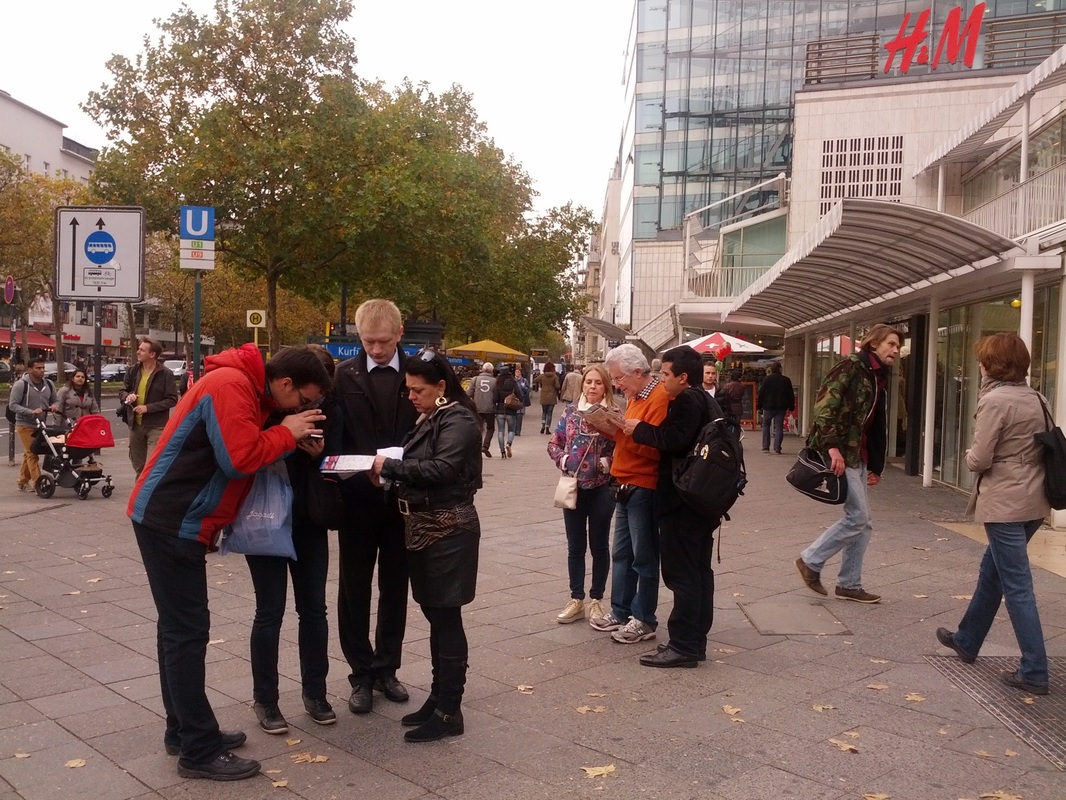
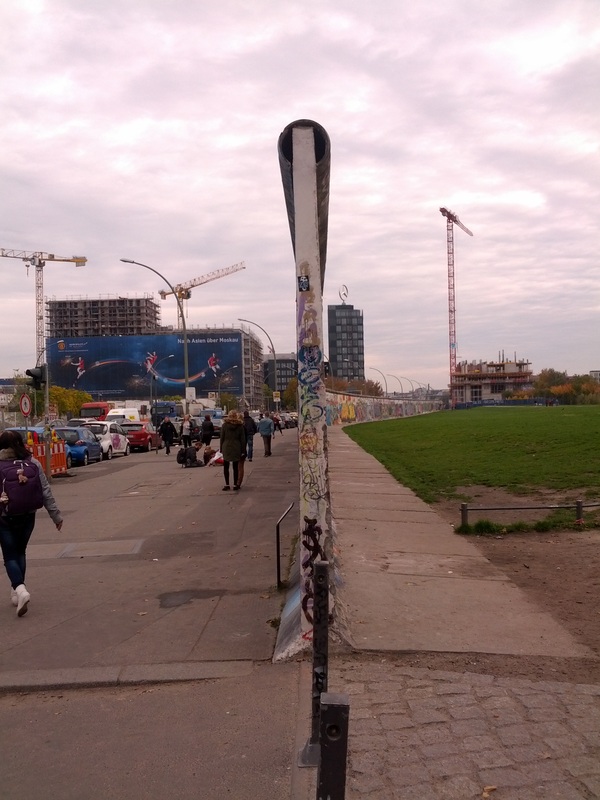
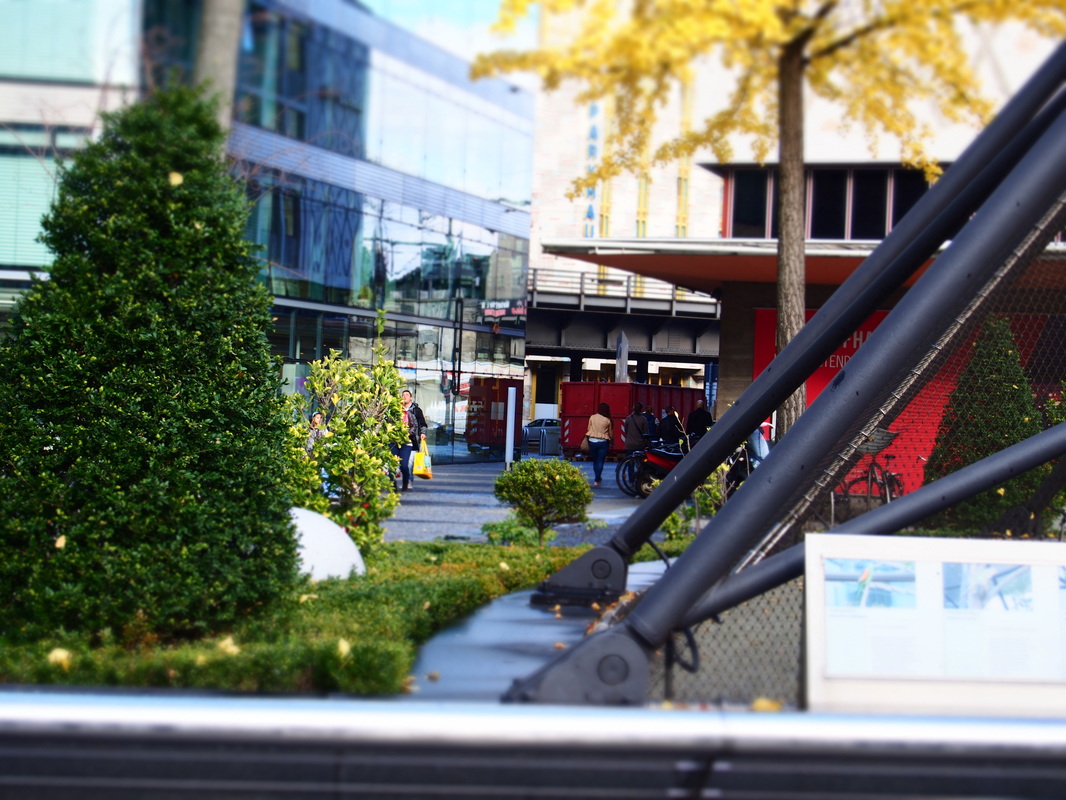
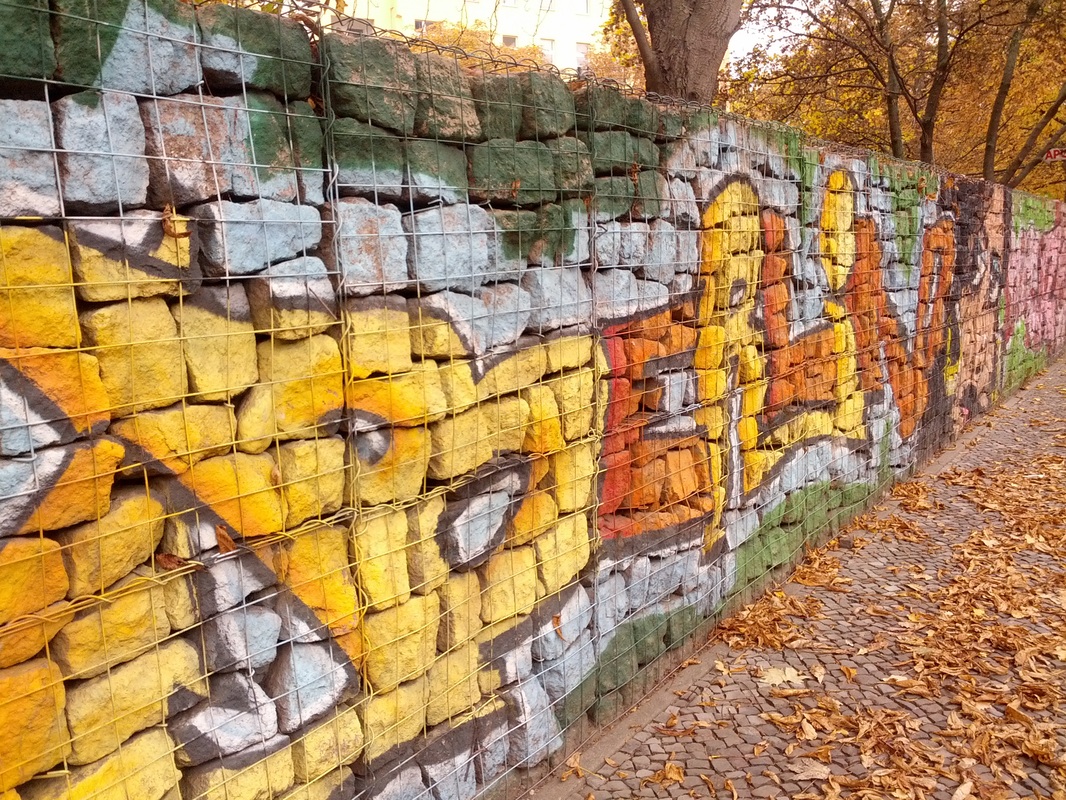
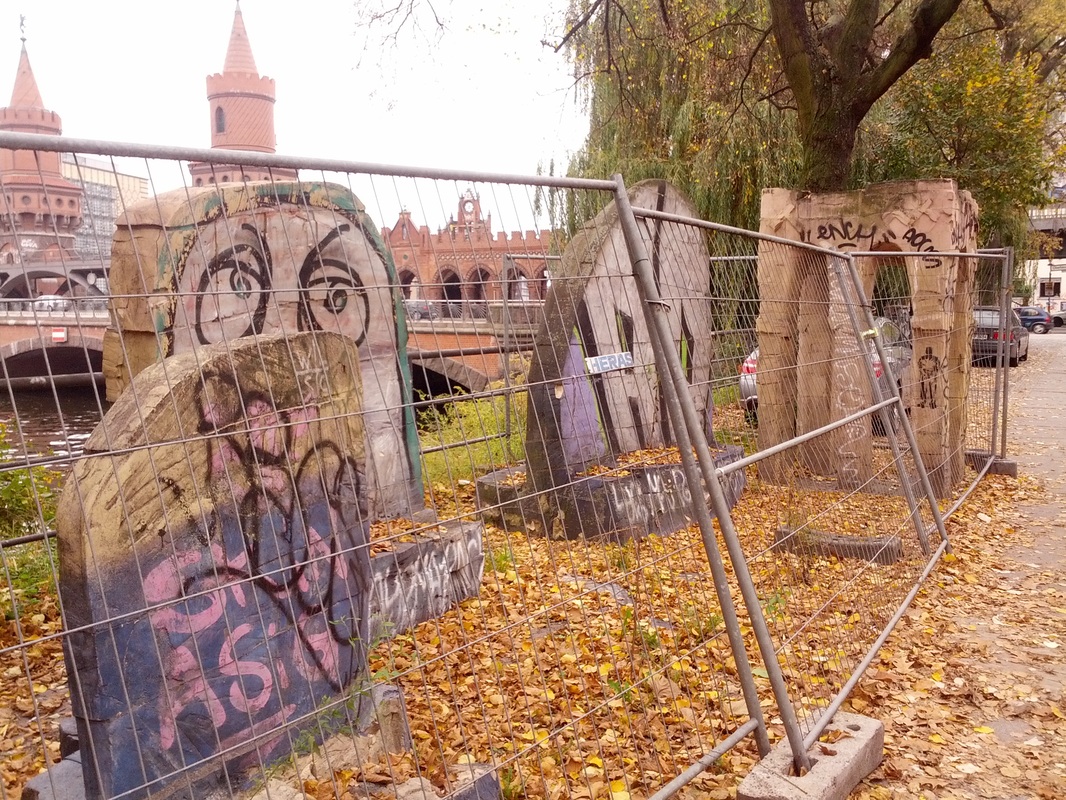
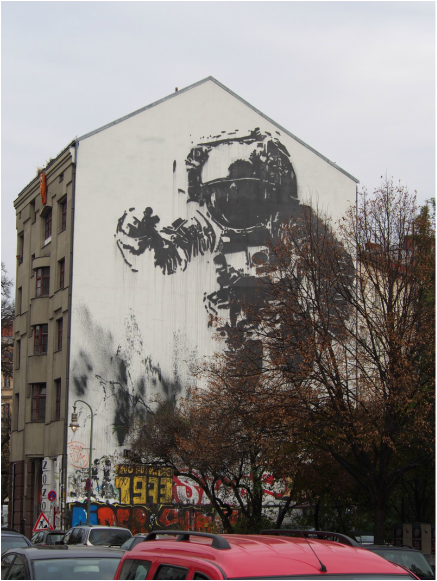
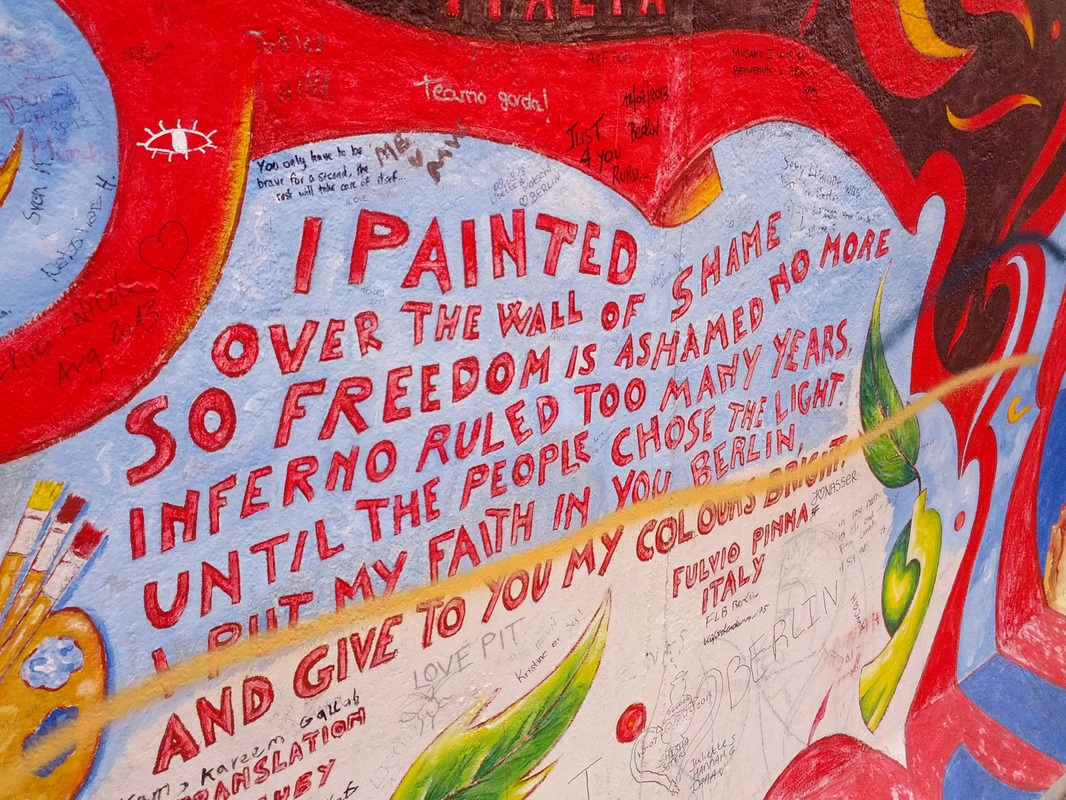
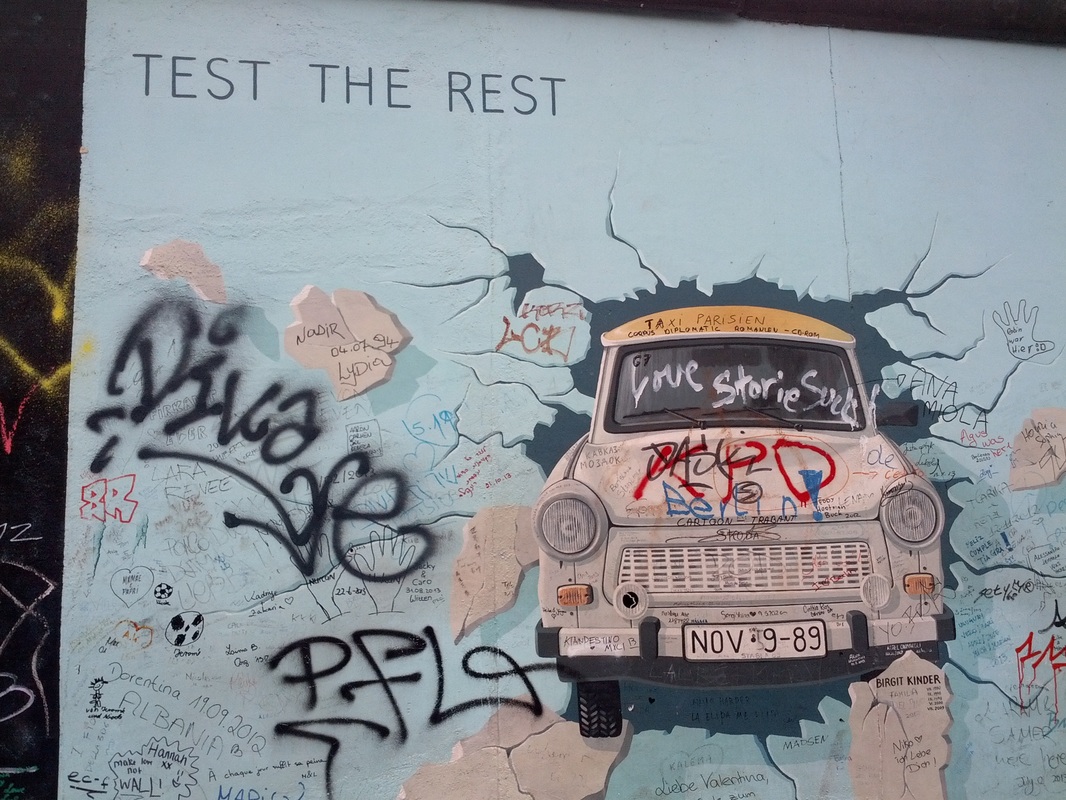
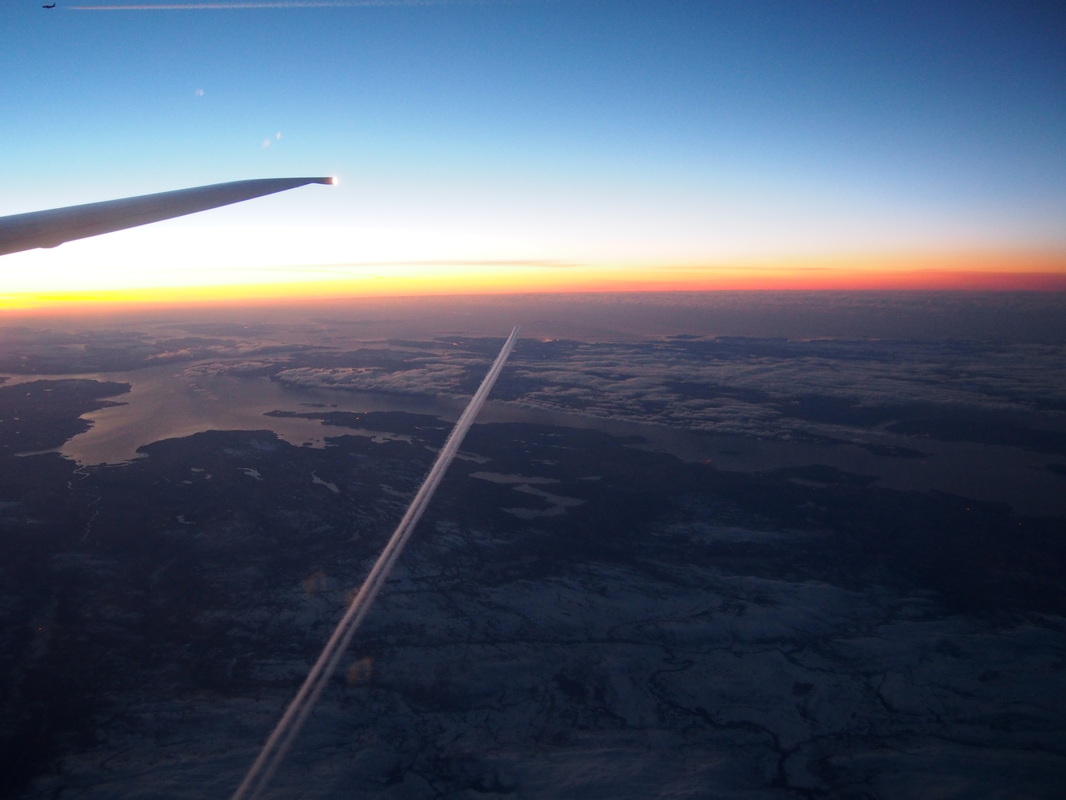
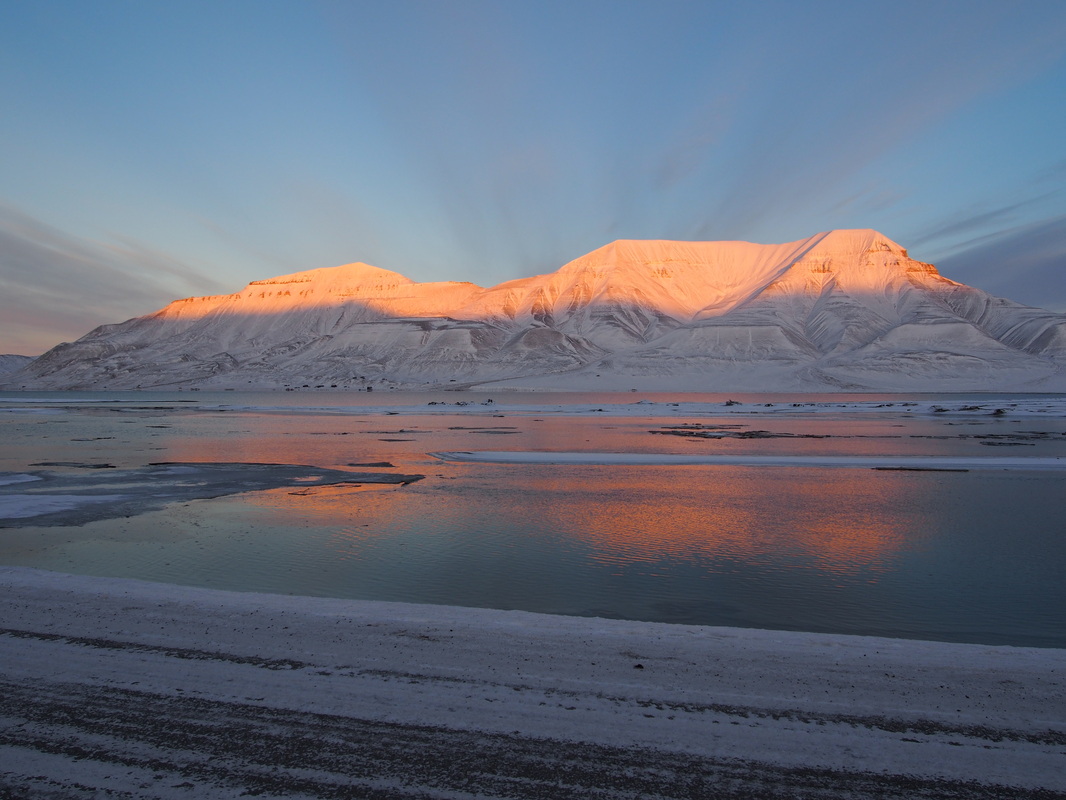
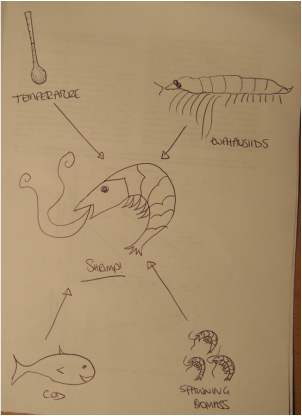
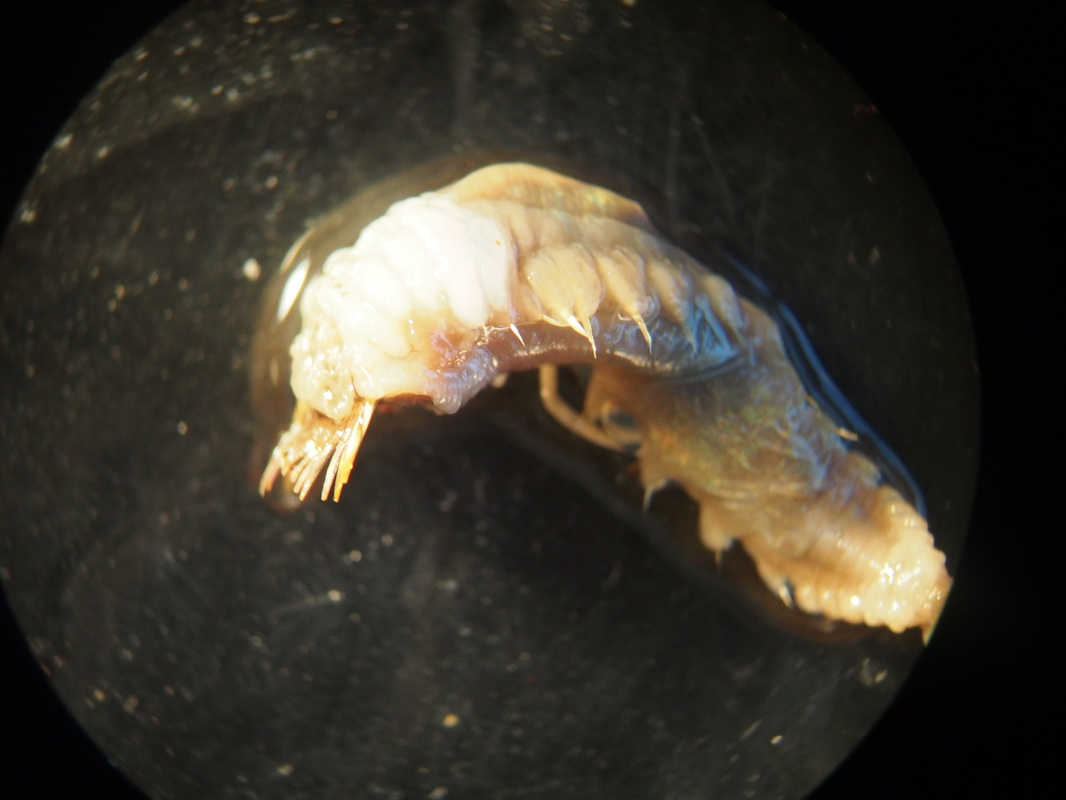
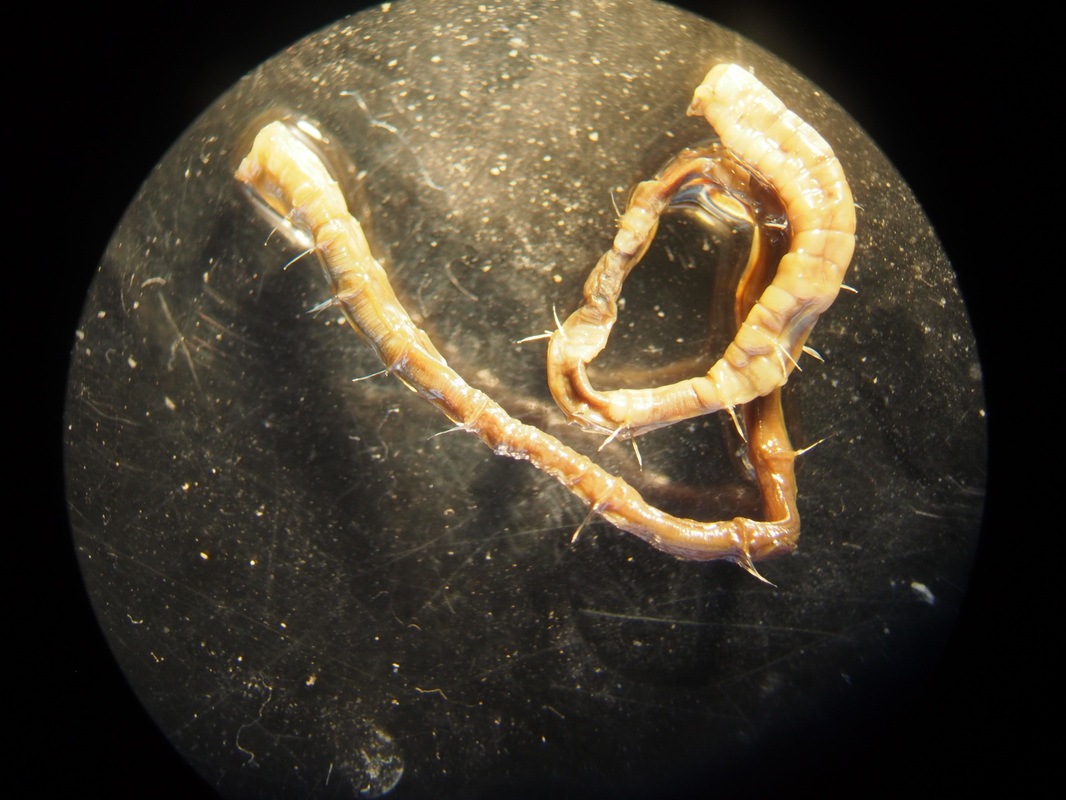
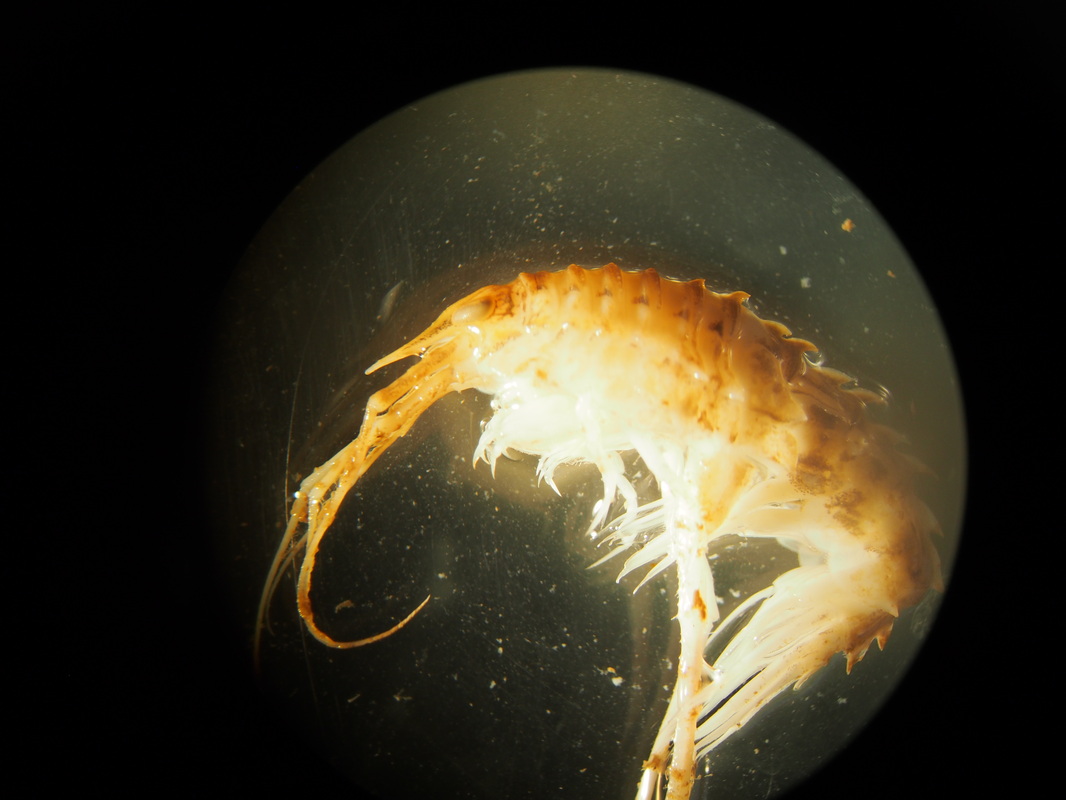
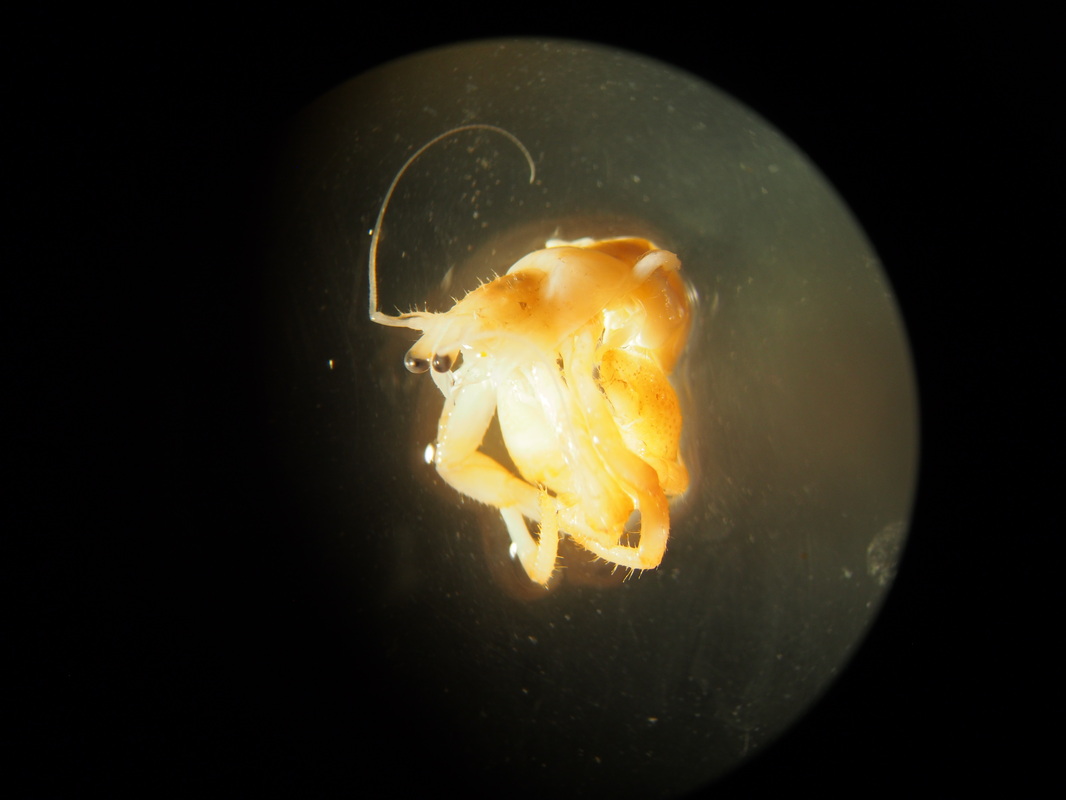
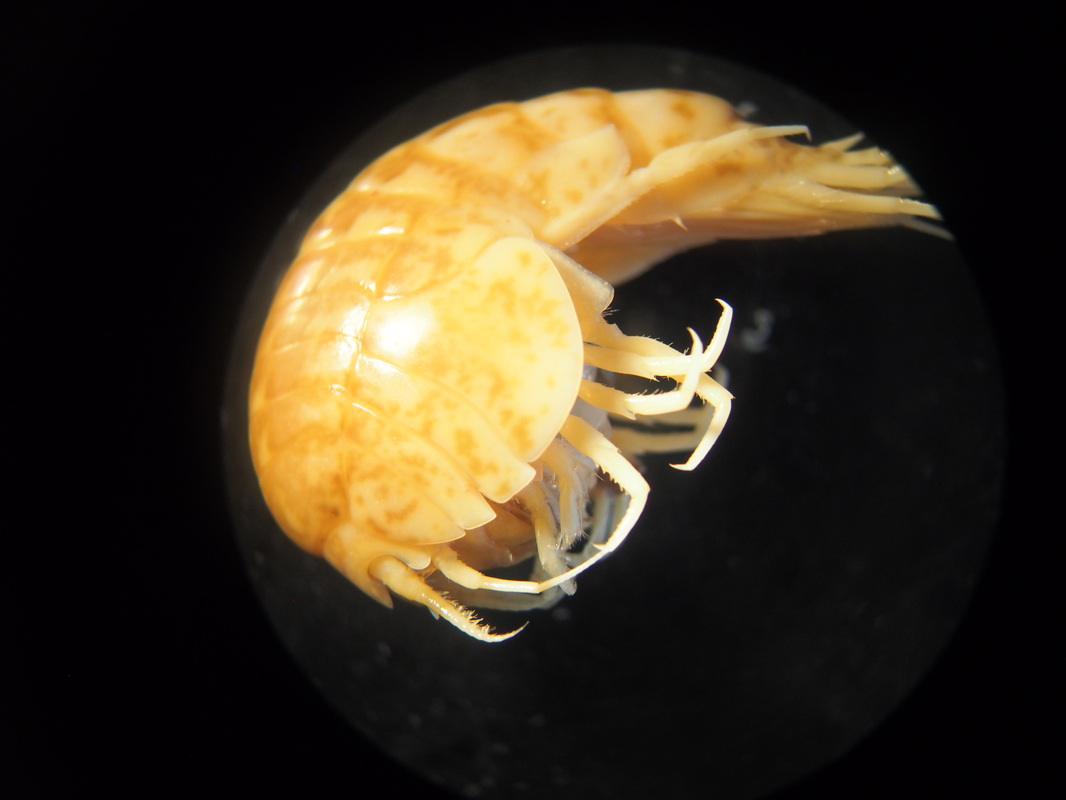
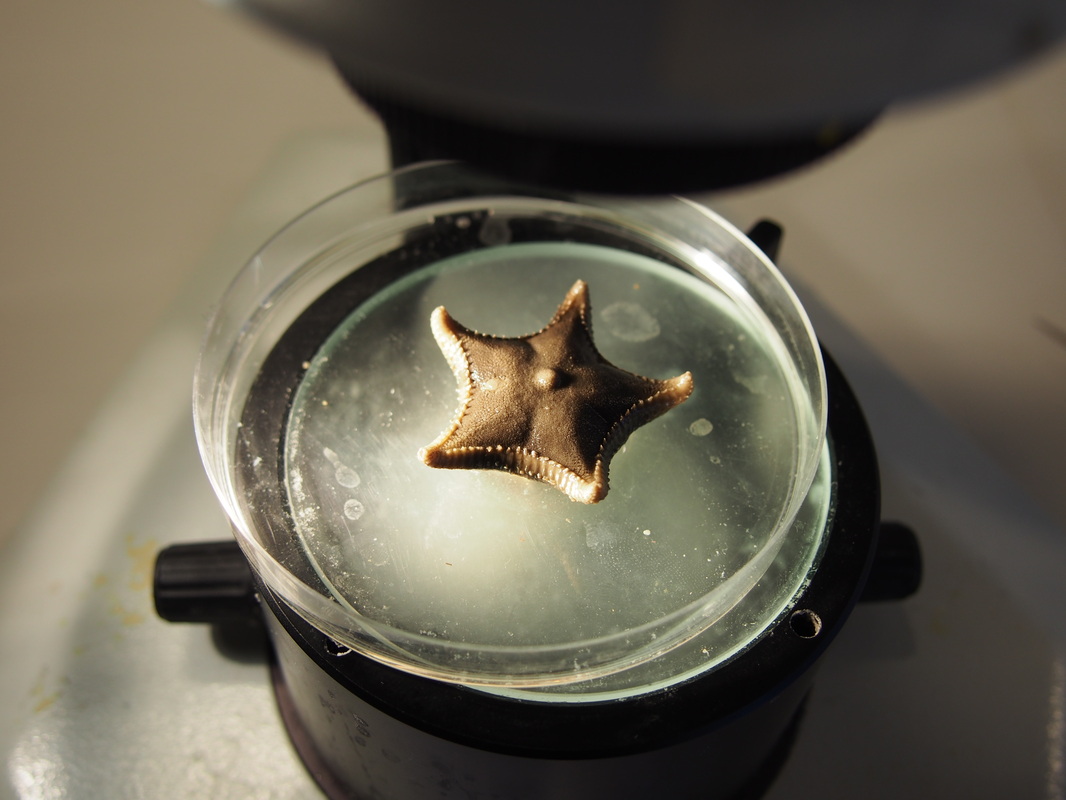

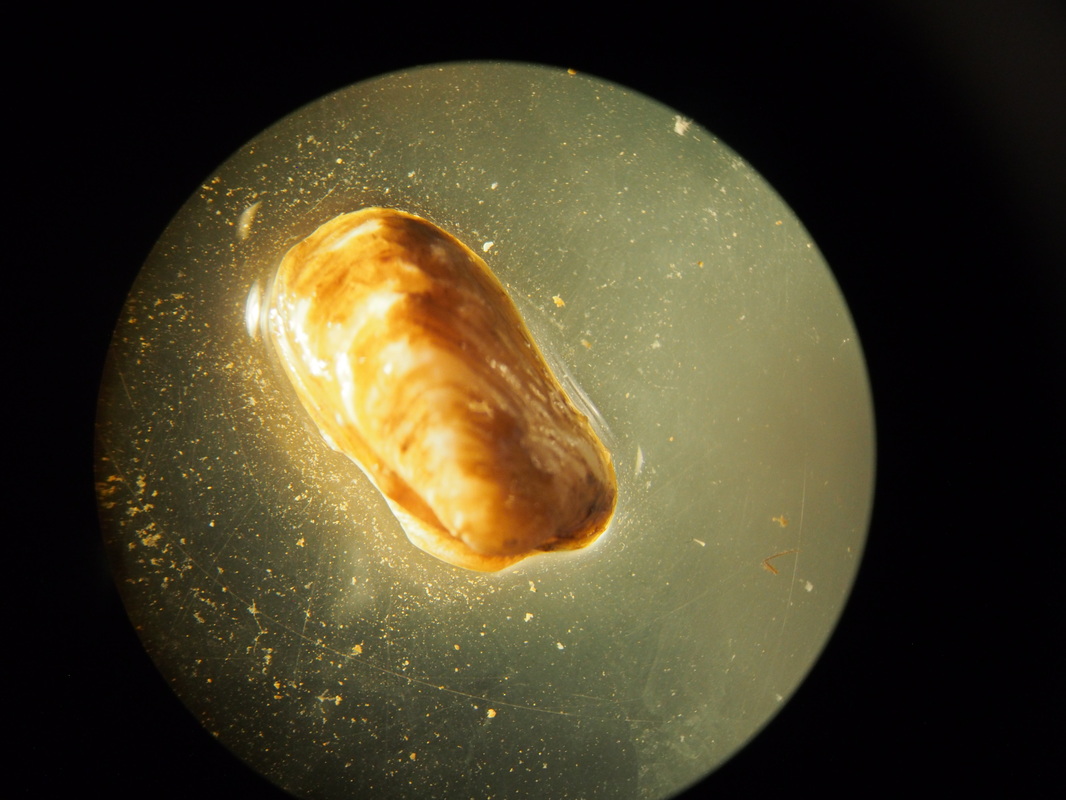
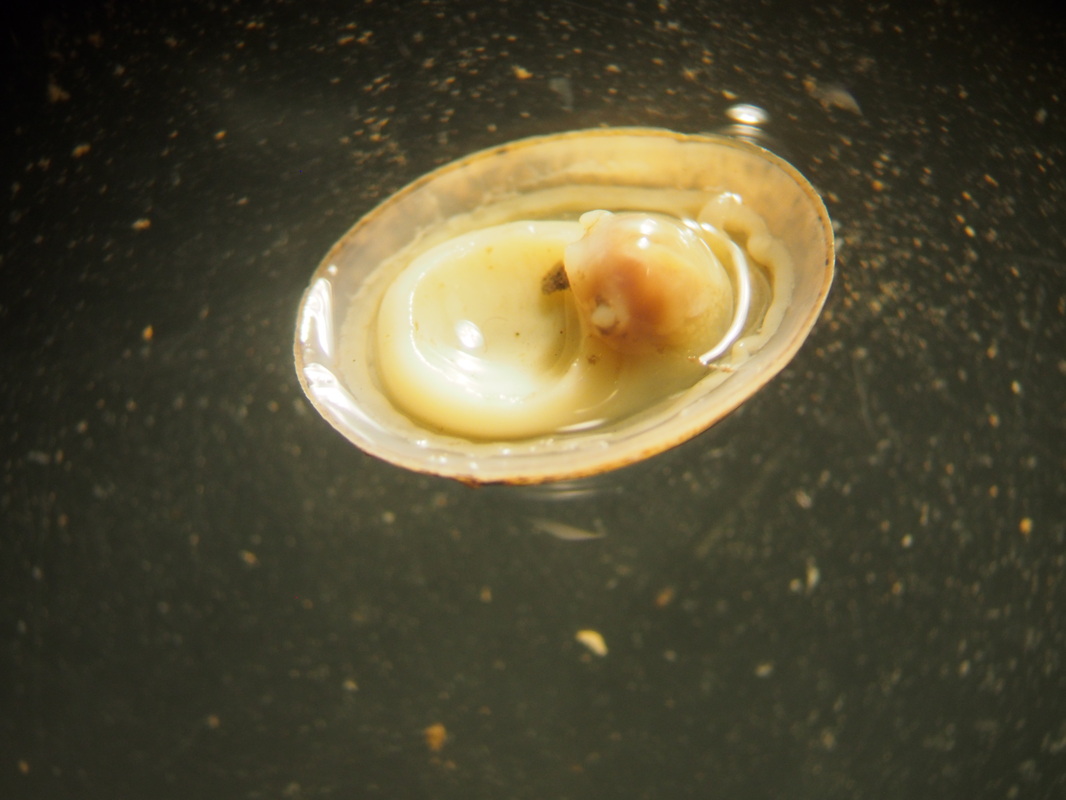
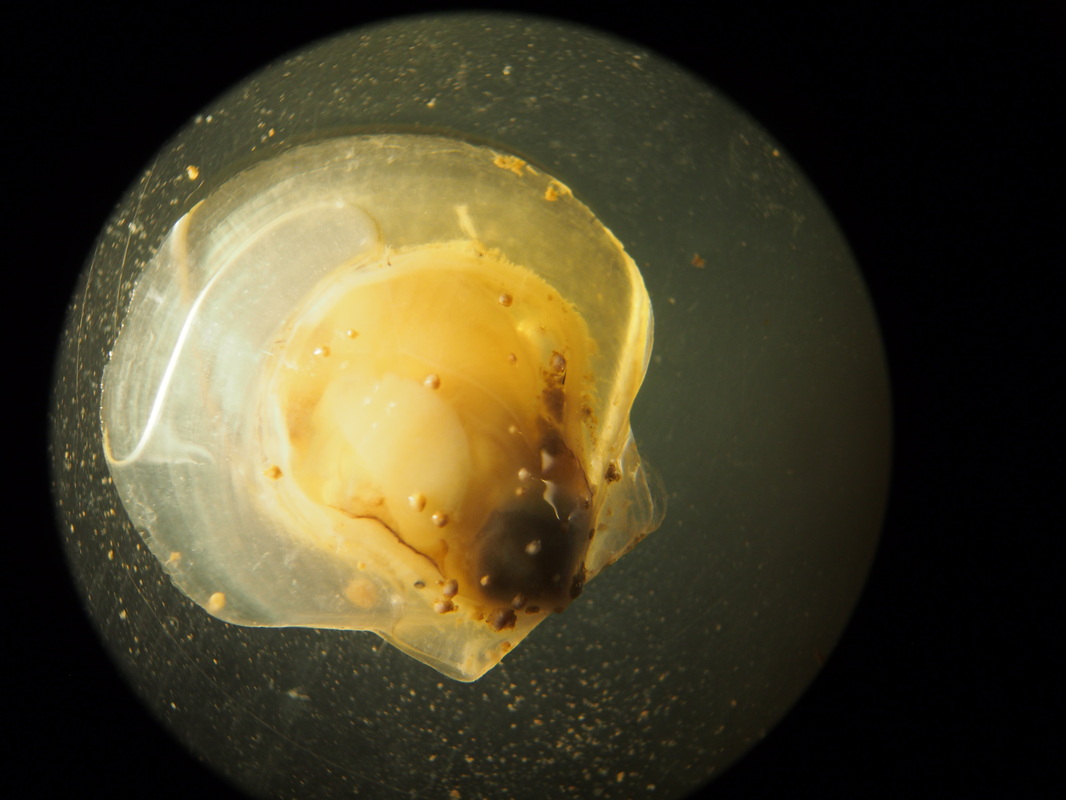
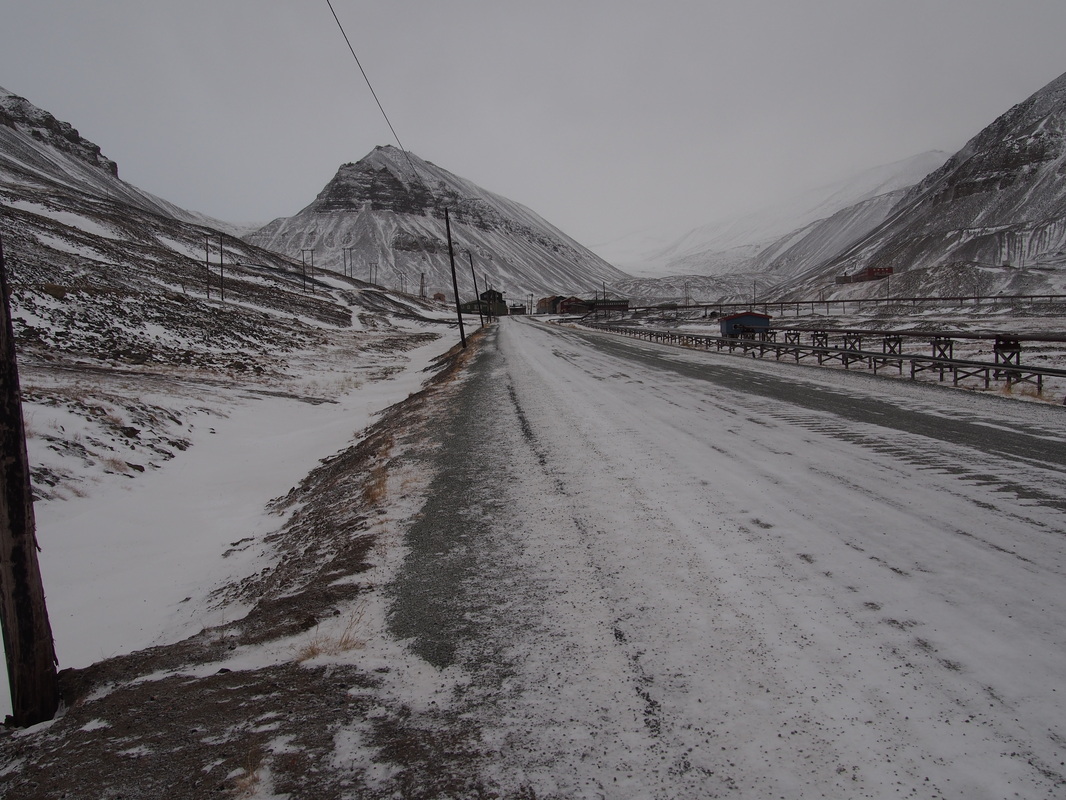
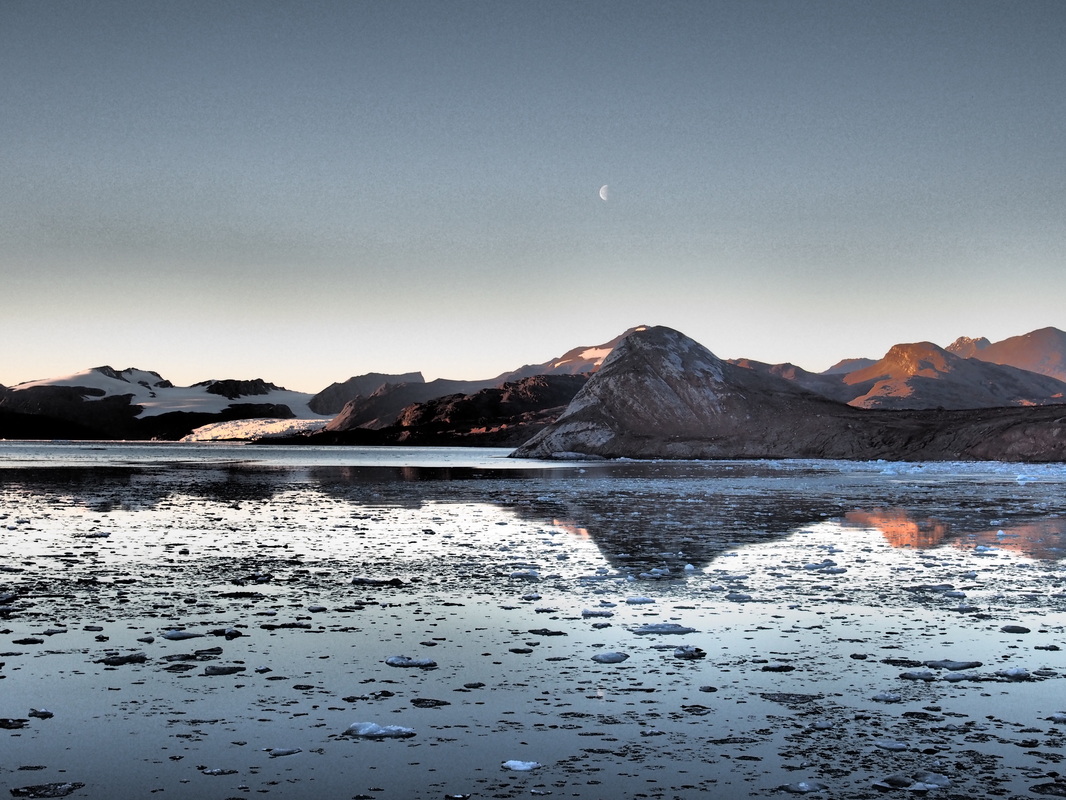
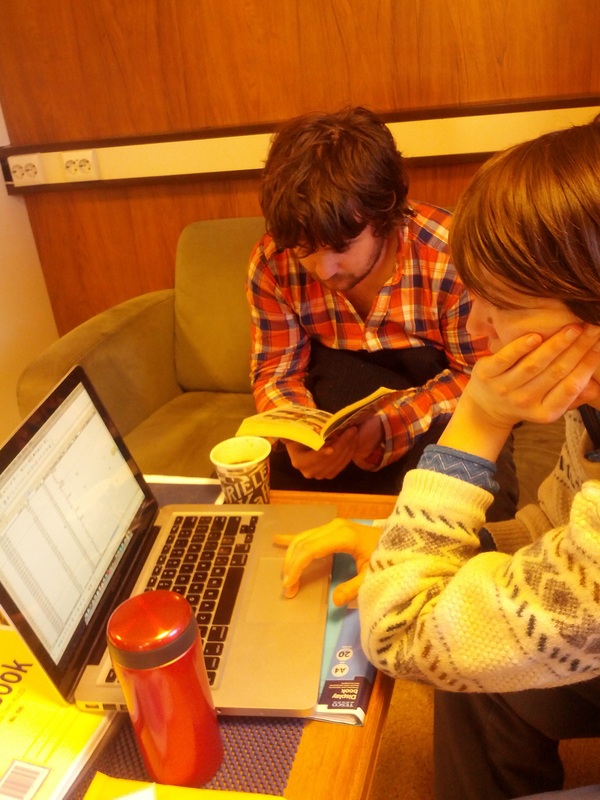
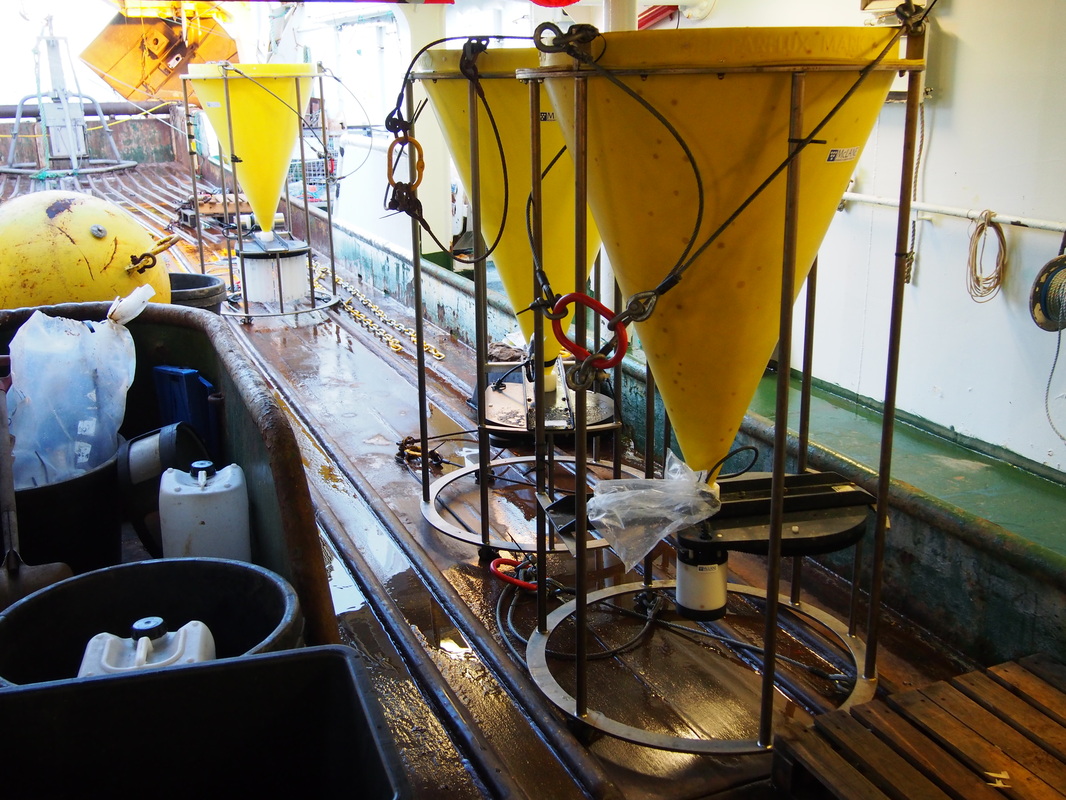
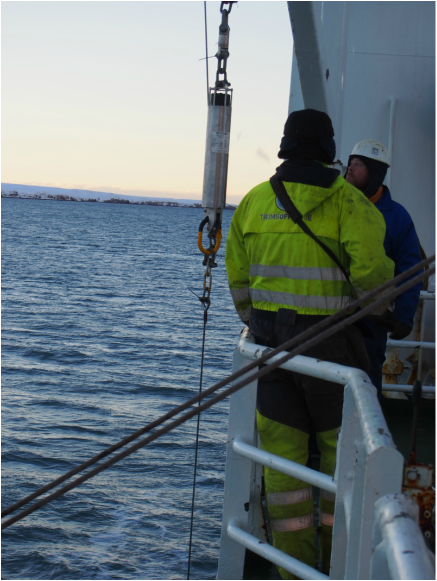
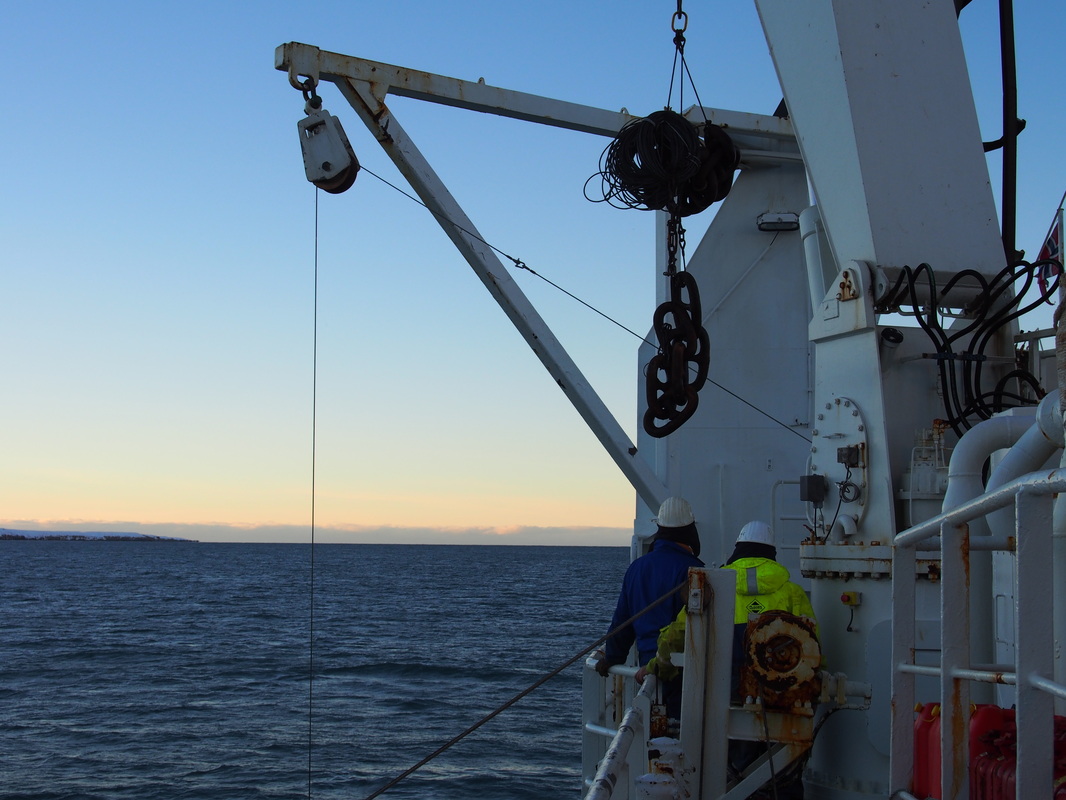
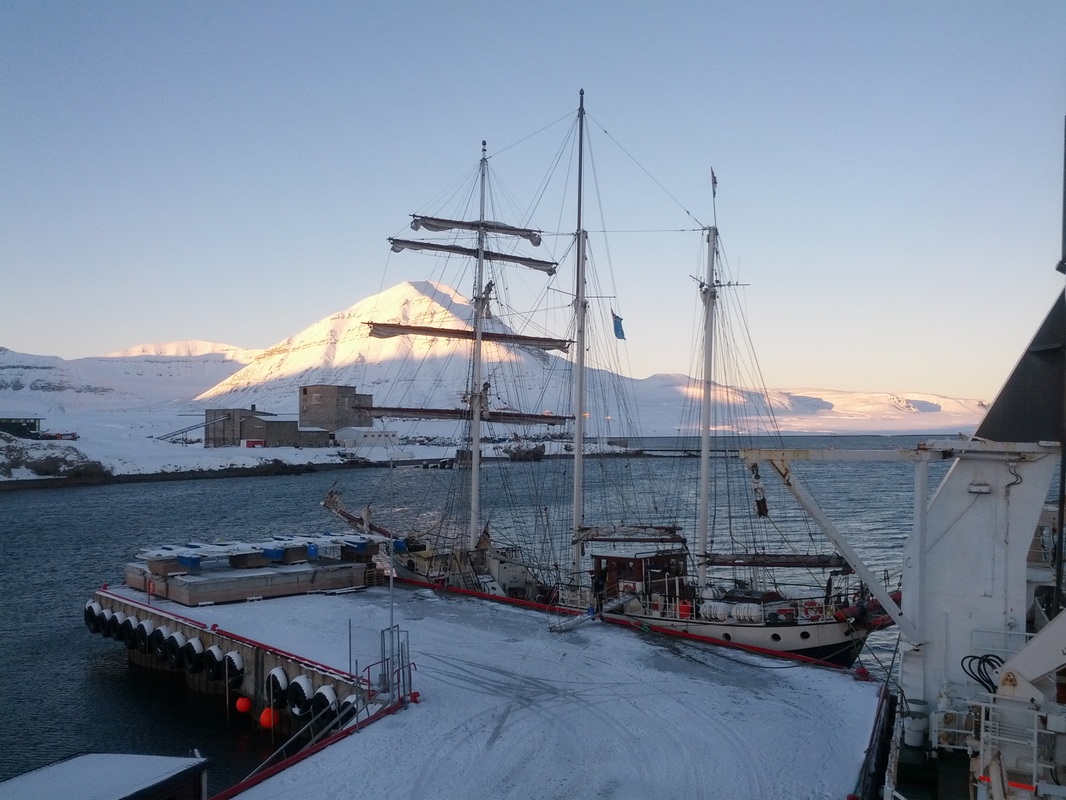
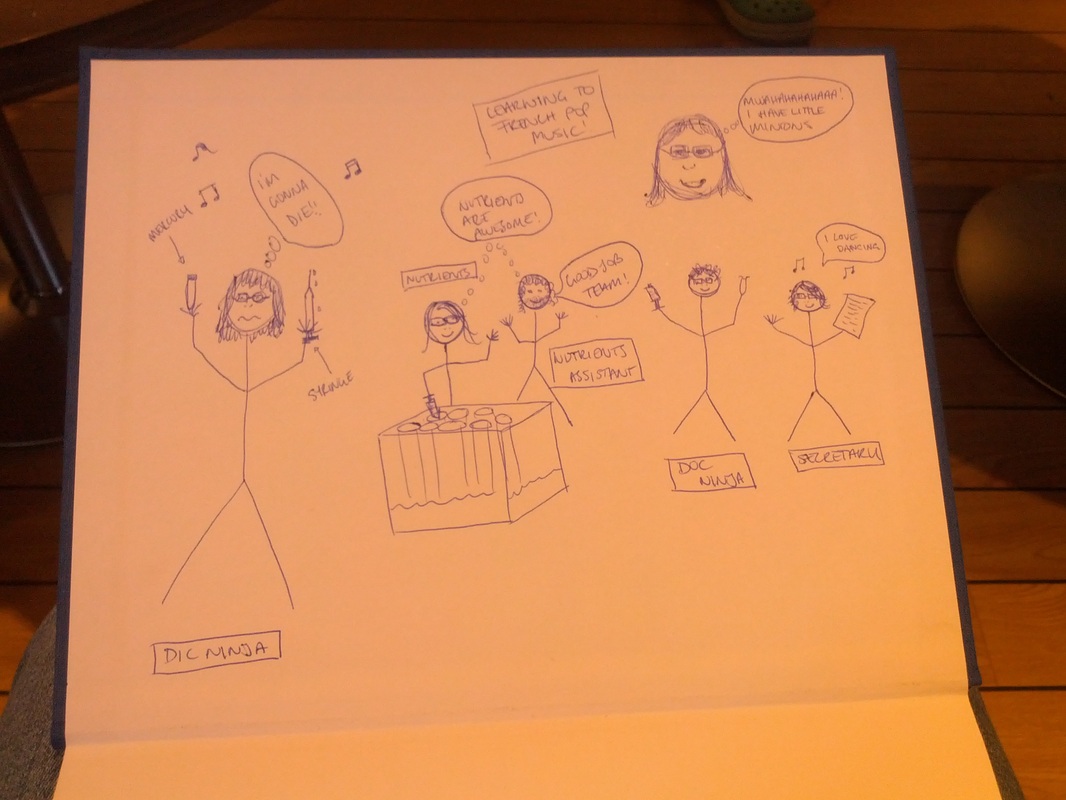
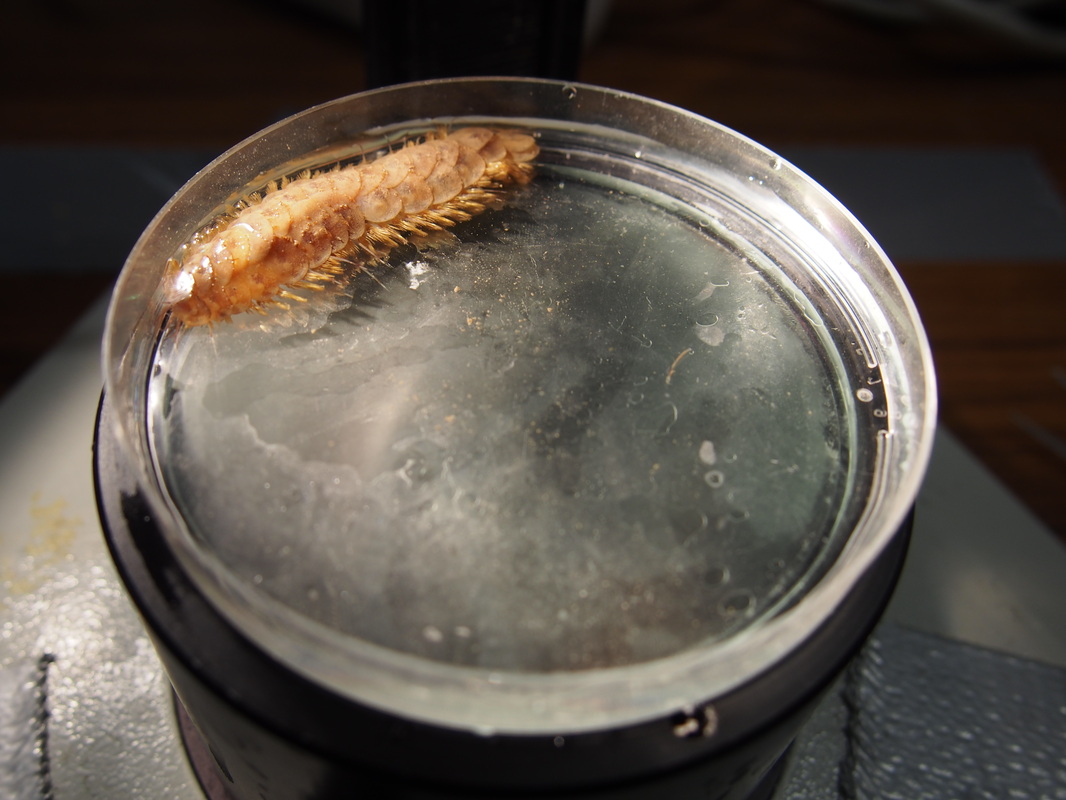
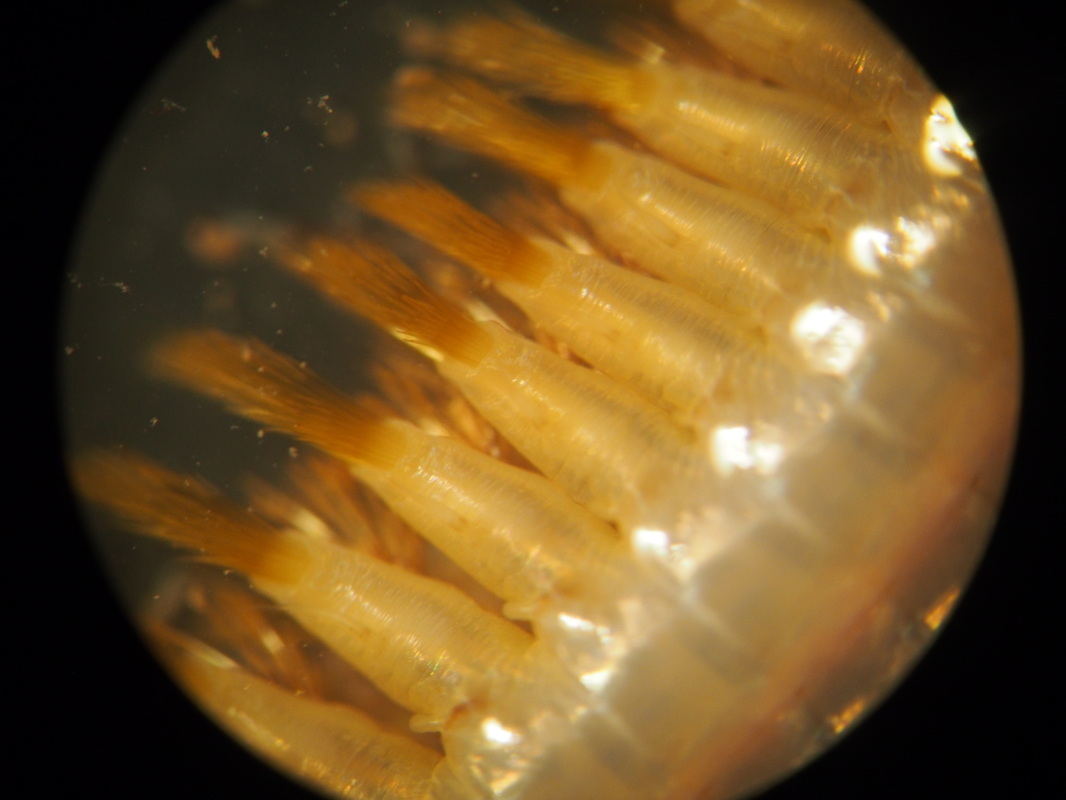
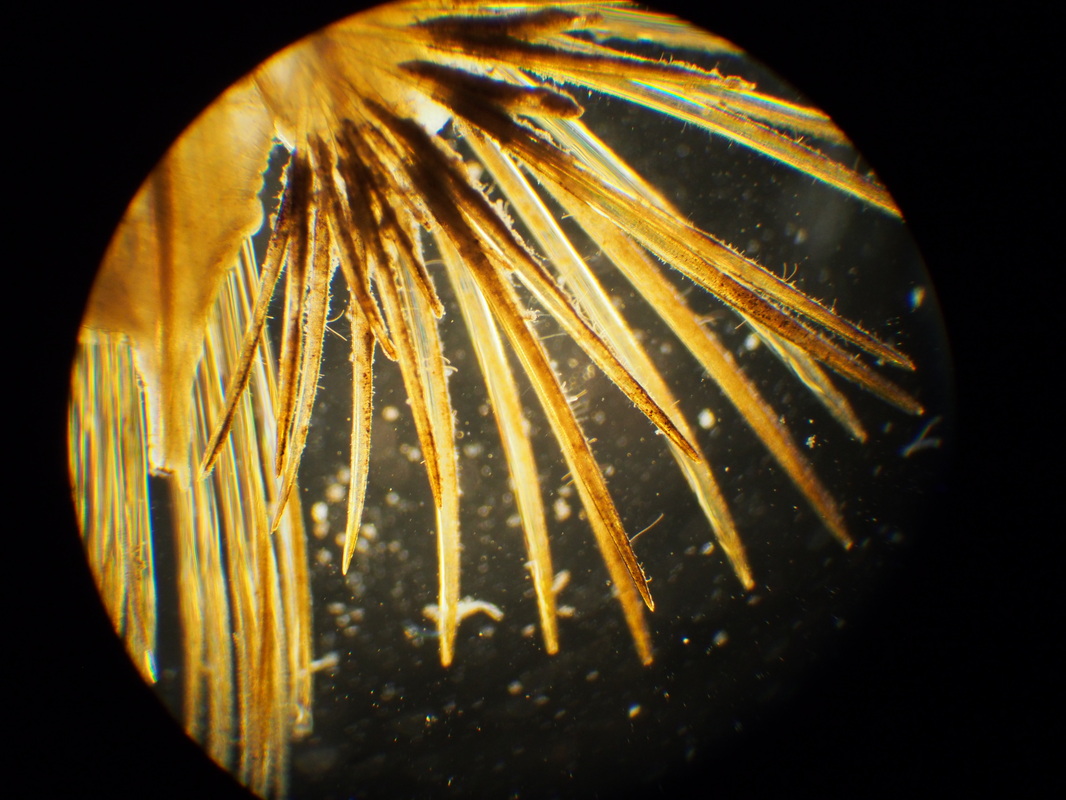
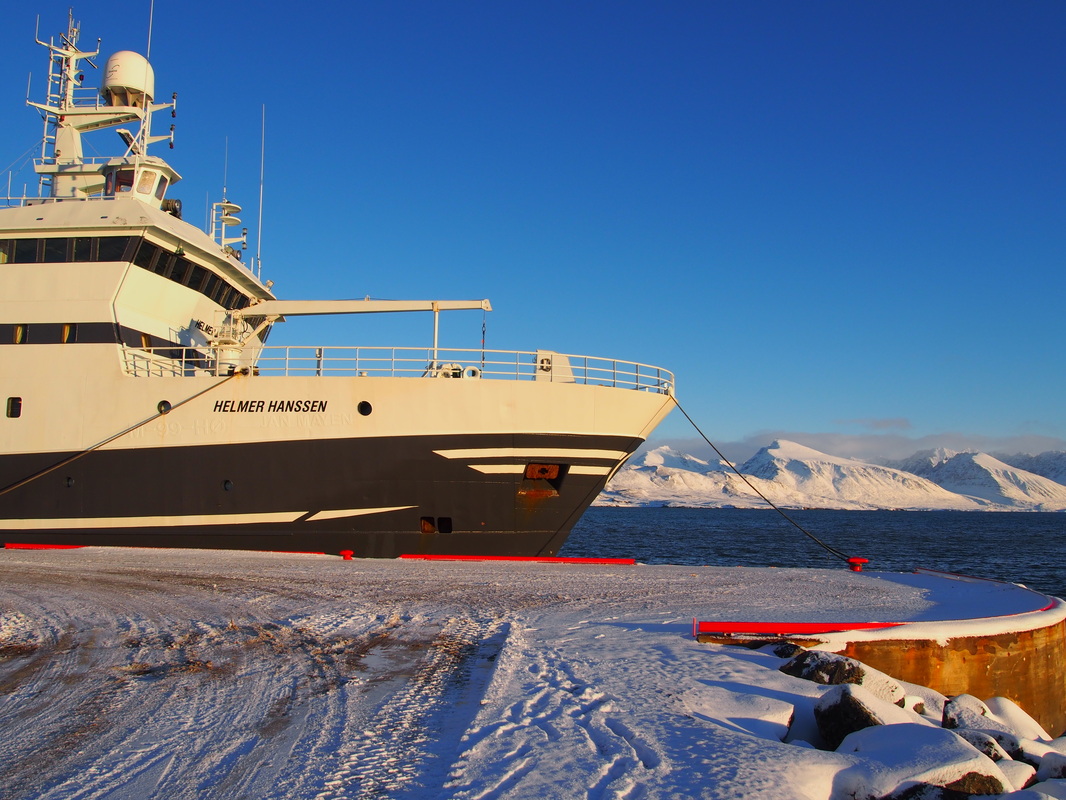
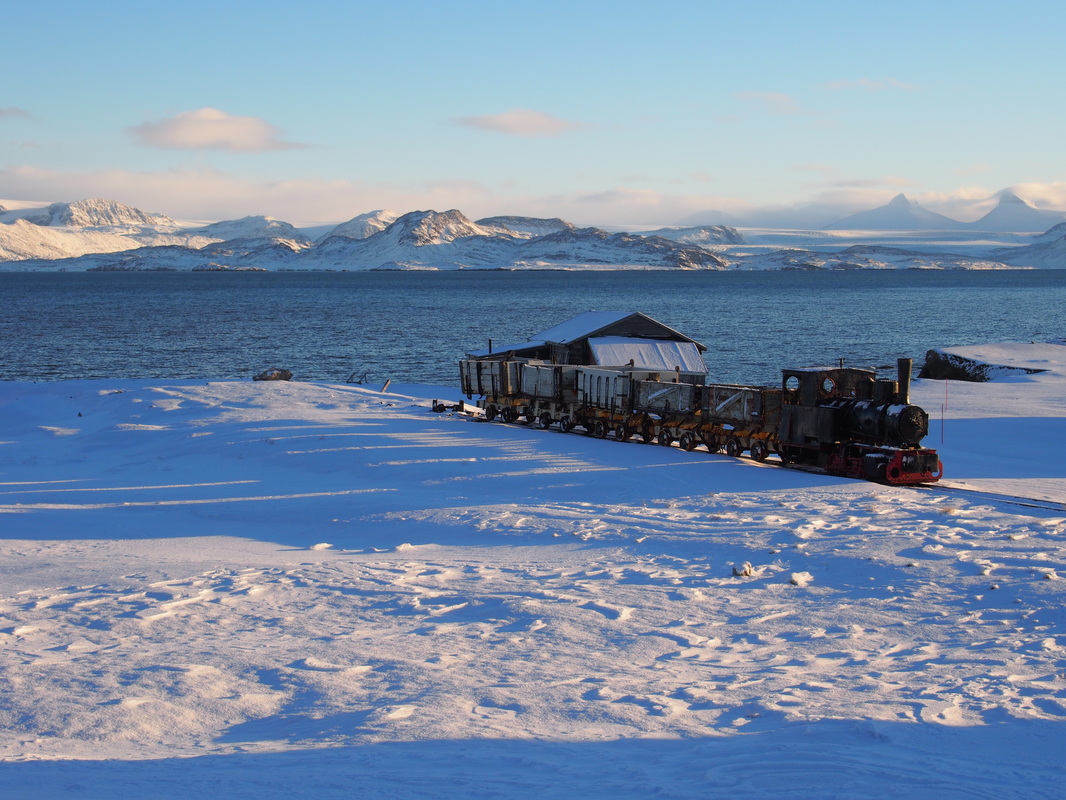
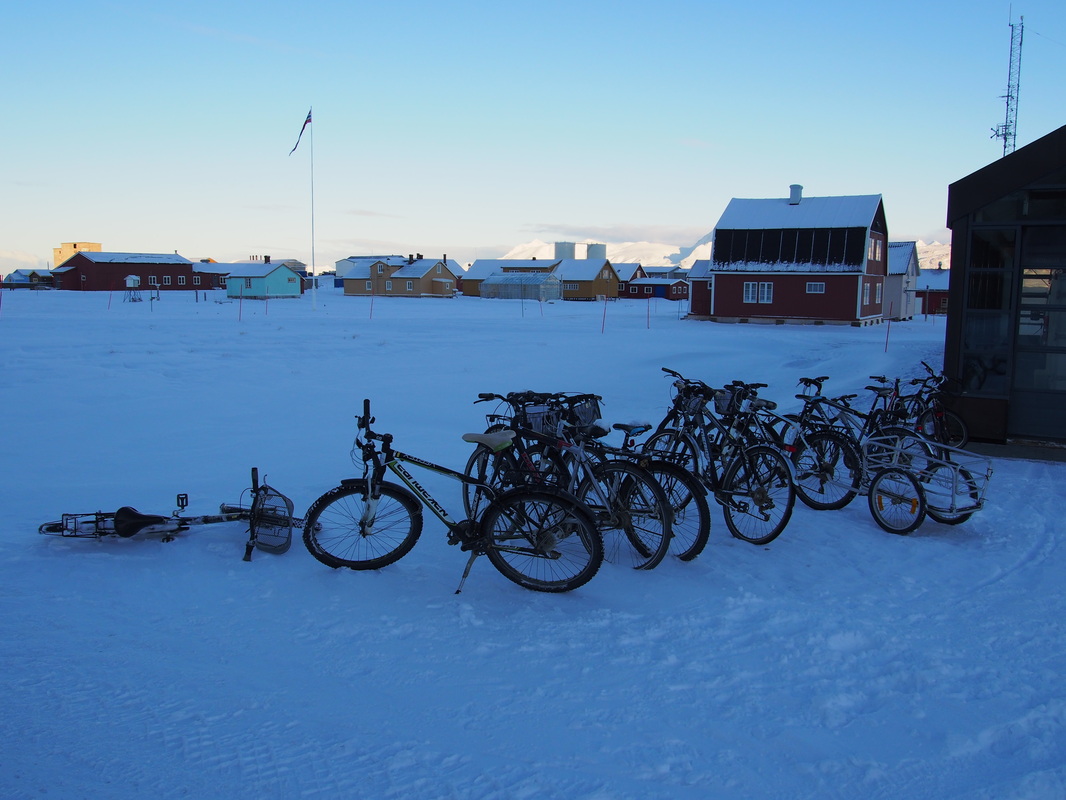
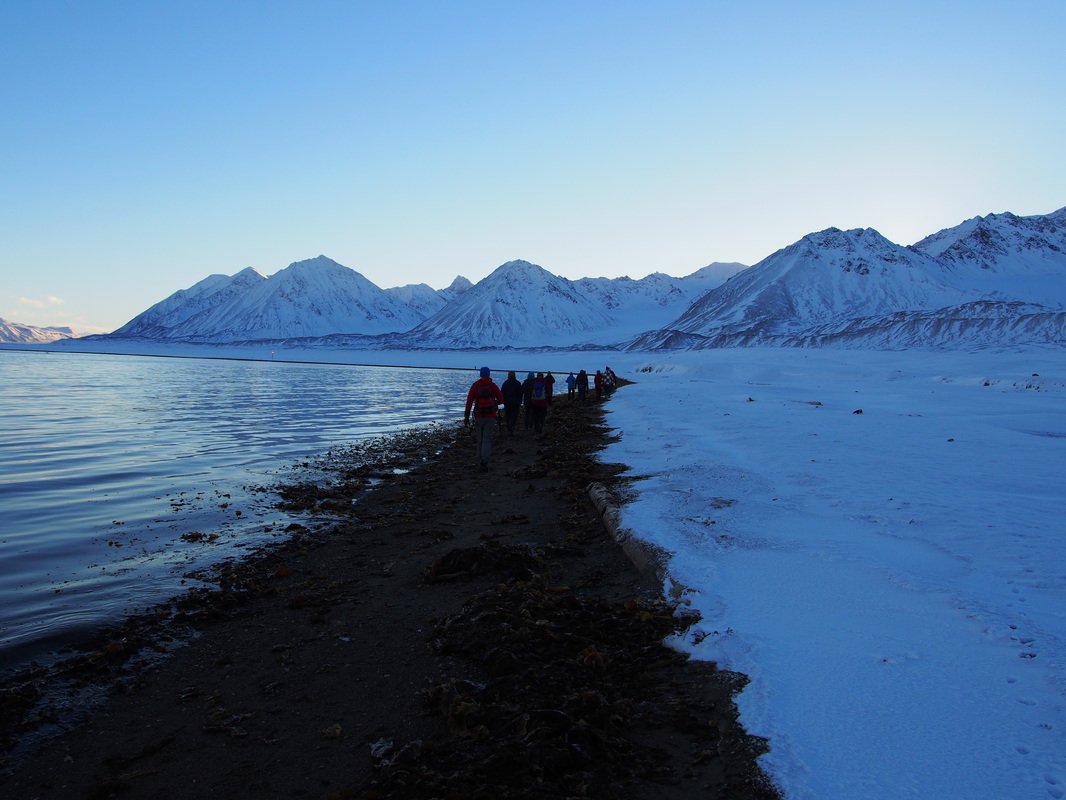
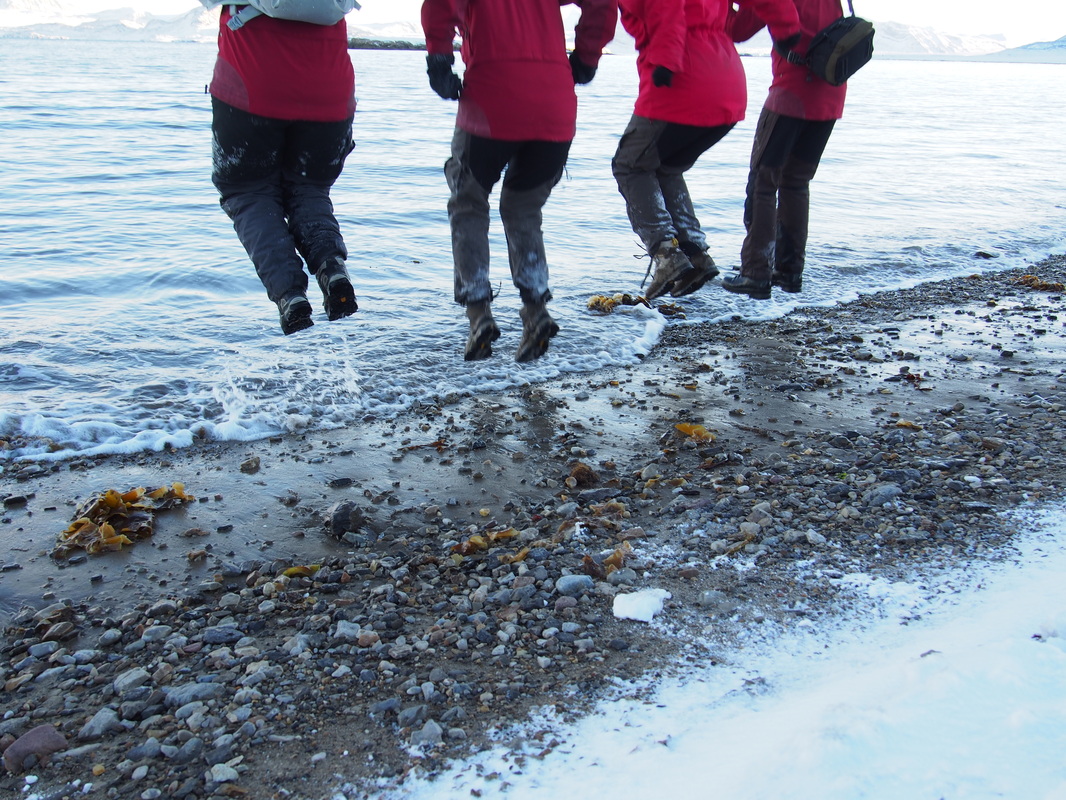
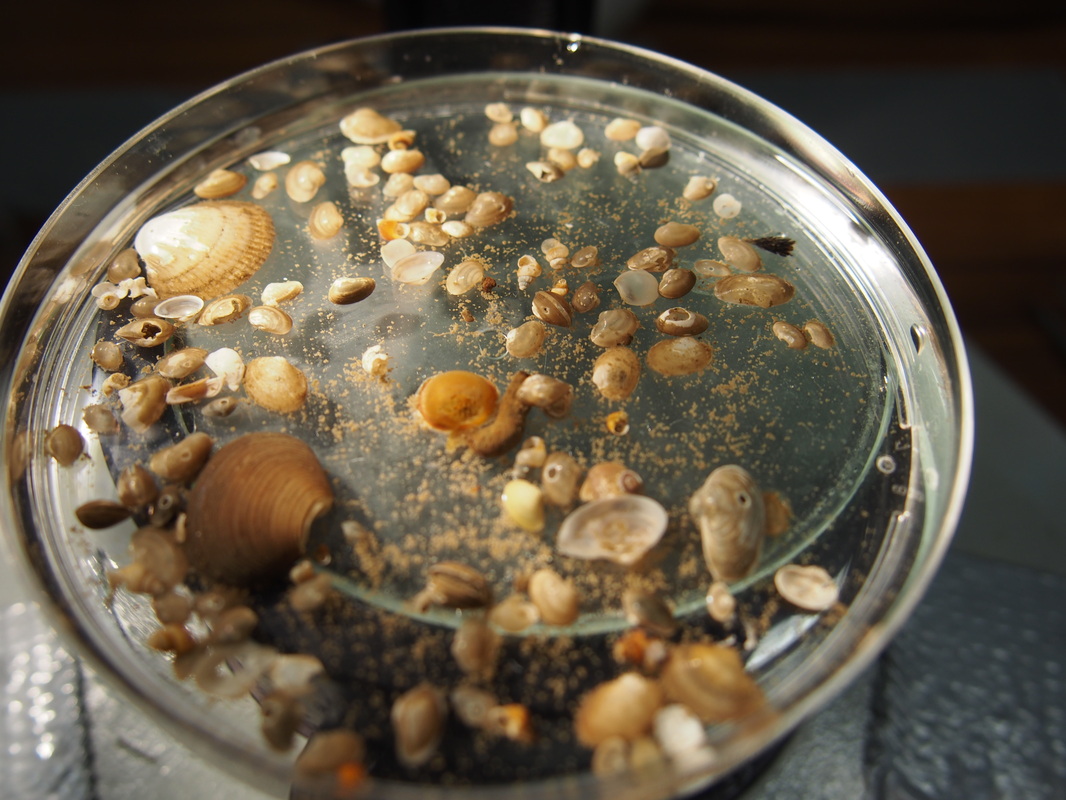
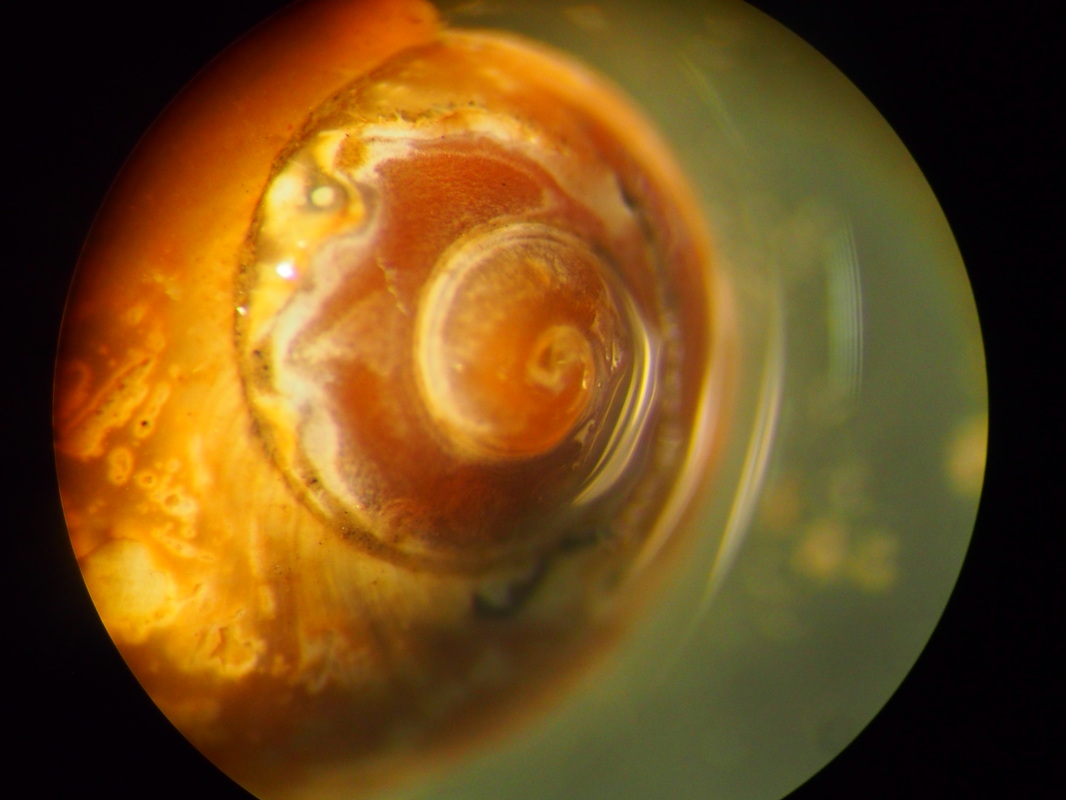
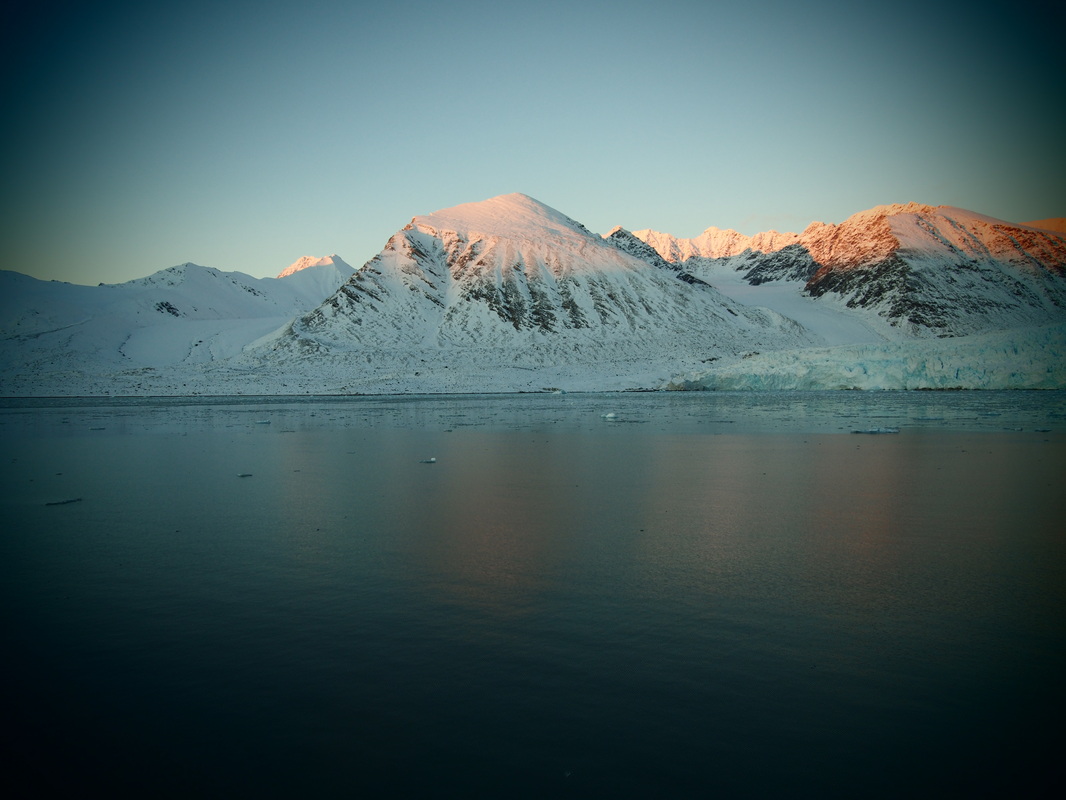
 RSS Feed
RSS Feed
